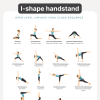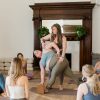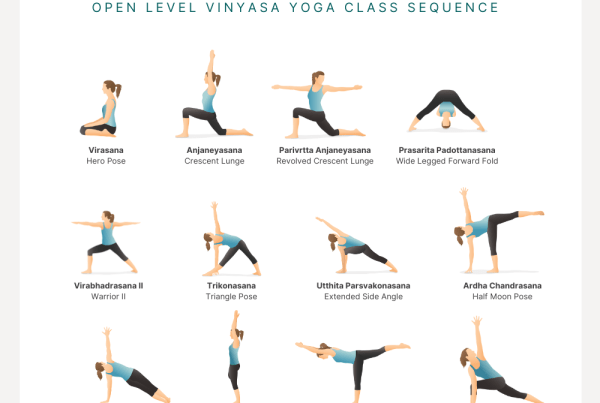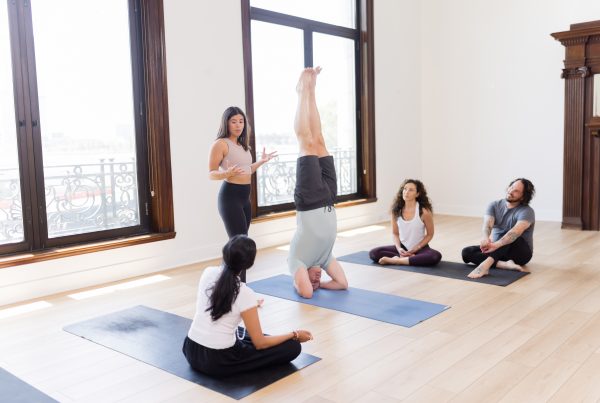
I once asked a good yoga teacher friend of mine why they didn’t play music in their classes. Her answer to me was “I never liked making new playlists and a student of mine called me out on it.” From that moment on she stopped playing music in her class because it was obvious that it didn’t enhance her classes in any way.
My general rule on this is: if you are going to play music in your classes you need to take the time and effort to craft and curate the right music for the mood you are trying to elicit. If you treat your music like an afterthought it will sound like an afterthought and your students will pick up on that. When that happens, the music doesn’t add value to your class it just detracts from it.
Below are 5 great tips to help you craft your next killer yoga playlist!
Tip 1: Take the time to work on your playlist
Making a yoga playlist takes time! It might sound silly but sometimes I’ve spent as much time curating my yoga playlist as I did working out my class sequence. The fact of the matter is, just by playing music doesn’t automatically make your class better. In fact, a bad playlist can ruin the mood or vibe of a yoga class. Being a yoga teacher is a job and we should take time each week prepping not only our class sequences but our class playlist.
Tip 2: Do not set your playlist on shuffle
I’ve been in yoga classes before and the vibe seems perfect and all of a sudden a random song “shuffles” in that is completely inappropriate for the mood or the type of movement that the class is working on. When this happens you know the teacher put a bunch of random songs in a playlist and hit shuffle. To me that suggests a lack of effort
Tip 3: Your playlist should follow the flow of your class
Most yoga classes follow a pattern with a clear beginning, middle, and end building towards a peak in a given session. Your yoga playlist should follow this same pattern so it syncs up with your class. The beginning or warm up section of class should feel spacious and ambient which allows students to arrive on their mat with their body and breath. The middle section of class is where you will spend the most time and this section should have upbeat and rhythmic music. The last section is the end or cool down. At this point, your music should taper down again, moving students towards final relaxation. The music should reflect this mood and should be meditative and relaxing.
Tip 4: Play music without words
Music, especially pop music often correlates with strong emotions or memories for people. Just because you love a popular song on the radio it could bring a student to a memory of loss or breakup. I also find that music with words can be distracting and take away from the student focusing on their practice.
For this reason, I typically prefer using music that doesn’t have words. Basically, I want the music to help elicit the mood I am trying to create within each section of class.
Tip 5: Listen to your songs all the way through
I’ve made this mistake before! I have found songs that I absolutely love for 3 minutes and 30 seconds and put them on my playlist without listening to them all the way through. Then in the middle of class when that song hits the 3 minute and 40 second mark the songs changes direction completely and weird instrumentation or jarring vocals is introduced. The point is that many songs take twists and turns and you should really listen to your song selections all the way through to ensure they are appropriate for your specific class.










